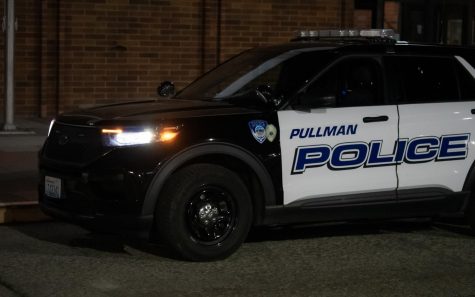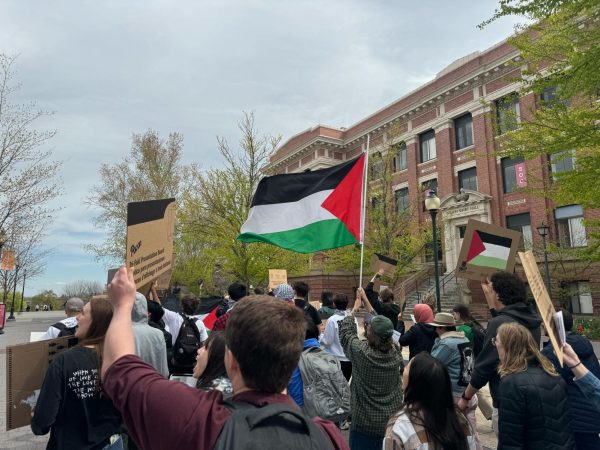Sex offense statistics considered
October 10, 2014
With the recent spike of sexual offense reports in local police logs, law enforcement and administrators are unsure whether to attribute records from the past few weeks to more sexual crimes, or simply a greater percentage of victims reporting.
Pullman Police Sgt. Dan Hargraves said he was not ready to say whether the number of recent sexual offenses have been a trend or just an unusual occurrence.
“I don’t know if you could say out of the ordinary — we’ve had six reported in a week, and that to me seems a little high,” he said on Wednesday.
Since then, Pullman Police logs have shown two more reports sex offenses. One involved a third party report that a friend was sexually assaulted in 2012 — the other was a female who called police after a male exposed himself outside of her apartment.
Hargraves said police will not change their tactics as a result of increased reporting.
“For these cases, there’s not really anything to change from an enforcement stance,” he said, adding that their College Hill officer conducts education programs at places like residence halls, fraternities, and sororities.
Emilie McLarnan, assistant director of Alternatives to Violence of the Palouse, confirmed that they have handled more claims this quarter (July, August and September) than during the same time frame in 2013.
She said this quarter falls inside the period known as the Red Zone, which refers to a general increase in sexual crimes in the first several weeks of the school year.
More reports should not necessarily be seen as a bad thing, however, McLarnan said.
“What we’re seeing is more people reporting, not that more rapes are happening,” she said. “People feel safer reaching out and reporting.”
WSU administrators have recently focused on sexual assault response and prevention efforts. Workshops and trainings are now required for all incoming undergraduates at the start of the school year.
“I think that WSU is making a very honest and concerted effort,” McLarnan said.
Moving forward, McLarnan said WSU should focus on other types of gender-based violence, like dating violence and hate crimes, as well as try to spread the message that every student has the responsibility to report dangerous situations.
She noted that because WSU is such a large institution, it can be very complicated to help all its students respond to the same message.
The most important program the university has implemented, McLarnan said, is Green Dot, which introduces strategies bystanders can use to prevent crime.
Nikki Finnestead organizes Green Dot events, and is the Violence Prevention Coordinator at WSU. Her goal is to teach students to be effective bystanders, not only in the mandatory training at the start of the year, but also in trainings throughout the semester.
“We also work to reach out to specific groups on campus,” Finnestead said. “That is including fraternities and sororities, that includes athletes, and that includes international students.”
By shifting campus norms, she hopes people will report sexual crimes when they occur, as well as stop them from happening in the first place.
“We want to reach those students who care about this issue, but have never had an opportunity to get involved,” Finnestead said.
On Sept. 25 WSU President Elson S. Floyd released an open letter to the WSU community promising to “redouble” university efforts in addressing sexual assault on campus. The letter follows the May announcement that federal investigators are looking into the alleged mishandling of sexual harassment complaints on campus in violation of Title IX. WSU is one of 76 higher education institutions currently under investigation for Title IX violations.




















